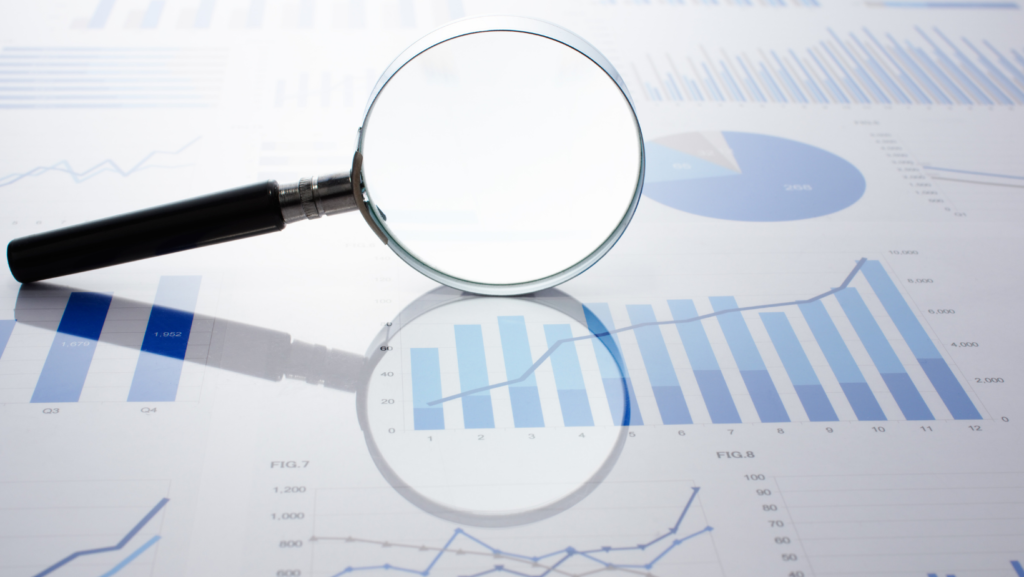
As we work to incorporate data equity into our practices, it is our responsibility as researchers and research support staff to evaluate our practices so that we can disrupt the encoding of implicit biases in our research designs, data, and analyses. It can feel challenging to even know where to begin, but little by little, over time, small shifts in our practices can make a big impact. Shifting our frameworks and getting away from the idea that data and technology are neutral can help us think more critically about how we engage with both throughout our research process. Building on the previous post in our Practicing Data Equity series, The CARE Priniciples for Indigenous Data Governance – #BeFAIRandCARE, we put together a list of additional frameworks, approaches, and tools to help you make sure that you are building data equity into your research practices. This post is meant to serve as an introduction to these resources and we encourage you to click through to explore them more in depth on your own. This blog has been divided into two parts. You can read Part 2, which focuses on community-based approaches here.
The Data Equity Framework
The Data Equity Framework is a systematic way of examining data projects created by the We All Count Project for Equity in Data Science, which is an organization that trains data scientists in data equity basics. It organizes projects into 7 main stages so that you can more easily consider potential equity issues and solutions at each of the stages. In brief, the Data Equity Framework stages are as follows:
- Funding – What impact might funding have on a project? Who is or isn’t getting funding?
- Motivation – What are the goals of the project? How can we understand them holistically?
- Project design – What methods will you use? Are there other methods that might be more appropriate? What perspectives might be beneficial to the project?
- Data collection and sourcing – How can you collect data with equity and unbiased representation as a goal? If you are sourcing data, what is the where, why, and how of the dataset? (Making sure that you are describing your data and making that information easier to find is an important step you can take towards data equity.)
- Analysis – How does your worldview impact your data analysis?
- Interpretation – How do your assumptions impact your interpretation? The Data Equity Framework points out that acknowledging that interpretation is happening is an important step and suggests shifting from language like “the results say” to “I see this in the results.”
- Communication and distribution – What narrative are you building? How are you using language? What assumptions are you making about your audience? What medium will you use?
In addition to the Data Equity Framework, the We All Count Project also offers:
- A data biography template for tracking information about secondary datasets you are using
- A methodology matrix to help you match your research question to the right statistical methodology
- And a data speak decoder to help you communicate about your data with clarity
Are there any resources or tools that you’ve found helpful in thinking about data equity? You can share them with us on our Twitter (@UWMadRschSvcs) or through our contact form!